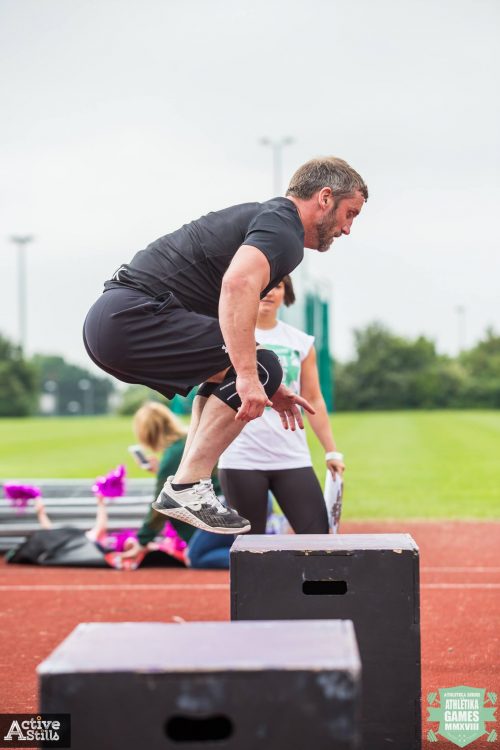What is Post Activation Potentiation, or PAP for short? You may have heard of this term, you may not. Whether you have or haven’t, this post aims to give a brief overview of what it is and how you may want to use it. Whilst new literature is always being published, I am going to talk about what we currently know.
What is Post Activation Potentiation?
Some may call it a primer, others use the term PAP, either way it refers to an excitation of the neuromuscular system following exercise. Basically, you do something and it wakes up and excites your muscles and message pathways. From here, you can use this excited state to improve performance in your next exercise.
However, there is what appears to be a window of opportunity. If you try to do your next exercise too soon, you will still be fatigued from exercise no. 1. In contrast, rest too long and your excited state will have diminished. These rest periods appear to vary highly, depending on the athlete and exercises selected. Currently, recommendations for rest periods range from 3 to 12 minutes.
What PAP looks Like Within A Session
Generally speaking, loads of >80% of your one rep max appear to be most effective. Whilst newer studies are focusing on the use of banded and lighter exercises, the current research suggest this number provides the best results. It has been shown to improve sprint, throwing and change of direction performance.
Within a session this may look something like this:
3 Sets of the following (superset fashion)
3 Back Squats at 80% 1RM
Rest 2-3 Minutes
5 High Box Jumps
Rest 2-3 Minutes
Traditional Sets
3×3 Back Squats at 80% 1RM (rest as normal within sets)
Rest 5 Minutes
3×5 High Box Jumps (rest as normal within sets)
My Final Thoughts on PAP
Whilst there are many apparent performance benefits of PAP, there are also a number of limitations. Time, equipment, space and athlete variance can all affect how PAP is used, if at all.
As an Expert Personal Trainer in Berkshire, I view post activation potentiation as an intelligent warm up or exercise selection and order. By understanding the mechanisms and basic rules of PAP your Trainer can build them into your session. There is also room for play – there are no rules to say that training cannot vary from session to session. If you get a good response from a certain type of rest to work ratio or exercise selection, keep on doing it!
If you want to go deeper into the mechanisms, have a read of this Science For Sport post.
